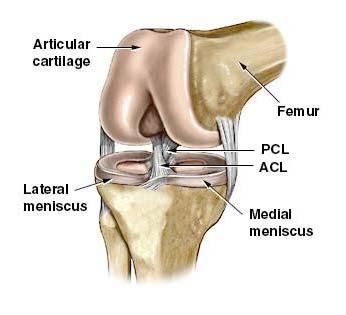Mike –
I’ve torn my ACL; what are the repercussions if I don’t get it repaired?
Thanks!
When we talk about the role of the ACL, we have to discuss the difference between the active and passive stabilizers which surround your knee.
Passive stabilizers don’t contract, yet restrict motion and keep your joint “tight.” These structures include your ACL, PCL, MCL, LCL and the menisci.
Active structures include all the muscles that surround your knee – this could be everything from your glutes, to your quads, to your hamstrings, as well as other smaller muscles which contribute in some form or fashion to knee stability.
Now here’s the issue – we have a lot of control over what our active stabilizers do. After all, that’s one of the key components of strength training! We train our active stabilizers, which should reduce the need for our passive stabilizers to do the work.
However, in the event that you tear one of your passive structures, you are going to suffer from compromised stability to some degree. It may help to think of your joint being a bit “sloppy” (a very technical term, yes). This is why many who suffer from full thickness tears of the ACL typically choose to get it repaired via surgery.
Can you train your active stabilizers to take on more of the workload? Absolutely – but it will never be the same as having a fully intact knee. This is why many people will continue to train their hamstrings and glutes hard and heavy in the presence of an ACL tear; they’re essentially getting their active stabilizers to take up the slack for the torn ACL.
Can you get by without surgery for an ACL tear? Sure. Is it the best or most optimal option? Only you can answer that question, and it’s going to be highly dependent upon your age, what your training/competitive goals are going forward, etc.

In the end, the best thing you can do is educate yourself and determine the best course of action. Whether you decide for or against surgery, picking up the Bulletproof Knees manual should give you some insight as to the most optimal way to train to get yourself as close to 100% as possible.
Good luck!
MR

